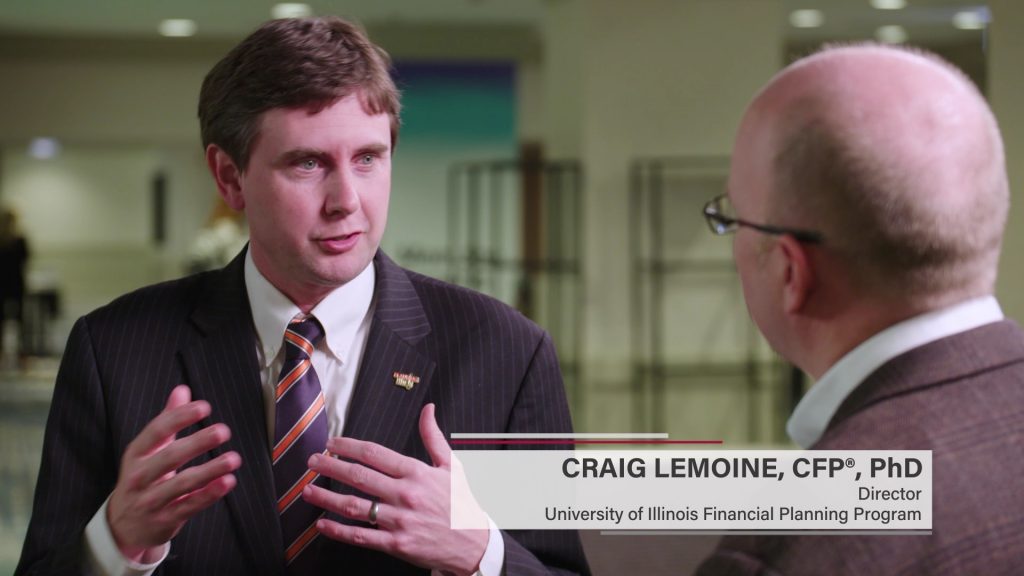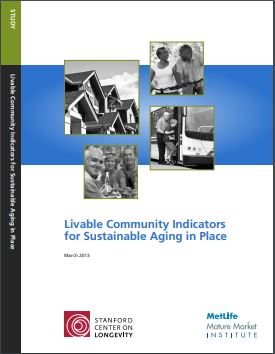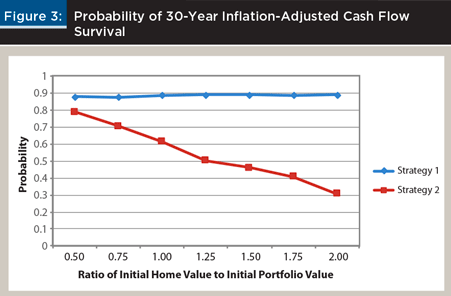by Wade Pfau on May 30, 2019
A common question I receive regards how to find a trustworthy reverse-mortgage lender. This is not necessarily easy for those beginning the process with little more to rely on than an Internet search engine. A starting point may be with personal referrals from your financial advisor, or from friends or family who have felt satisfied with their lenders. I am also willing to help readers find the names of local lenders from reputable companies if you write to me providing your city and state. I am not compensated by reverse-mortgage lenders for giving such referrals.
Full article may be found here.










